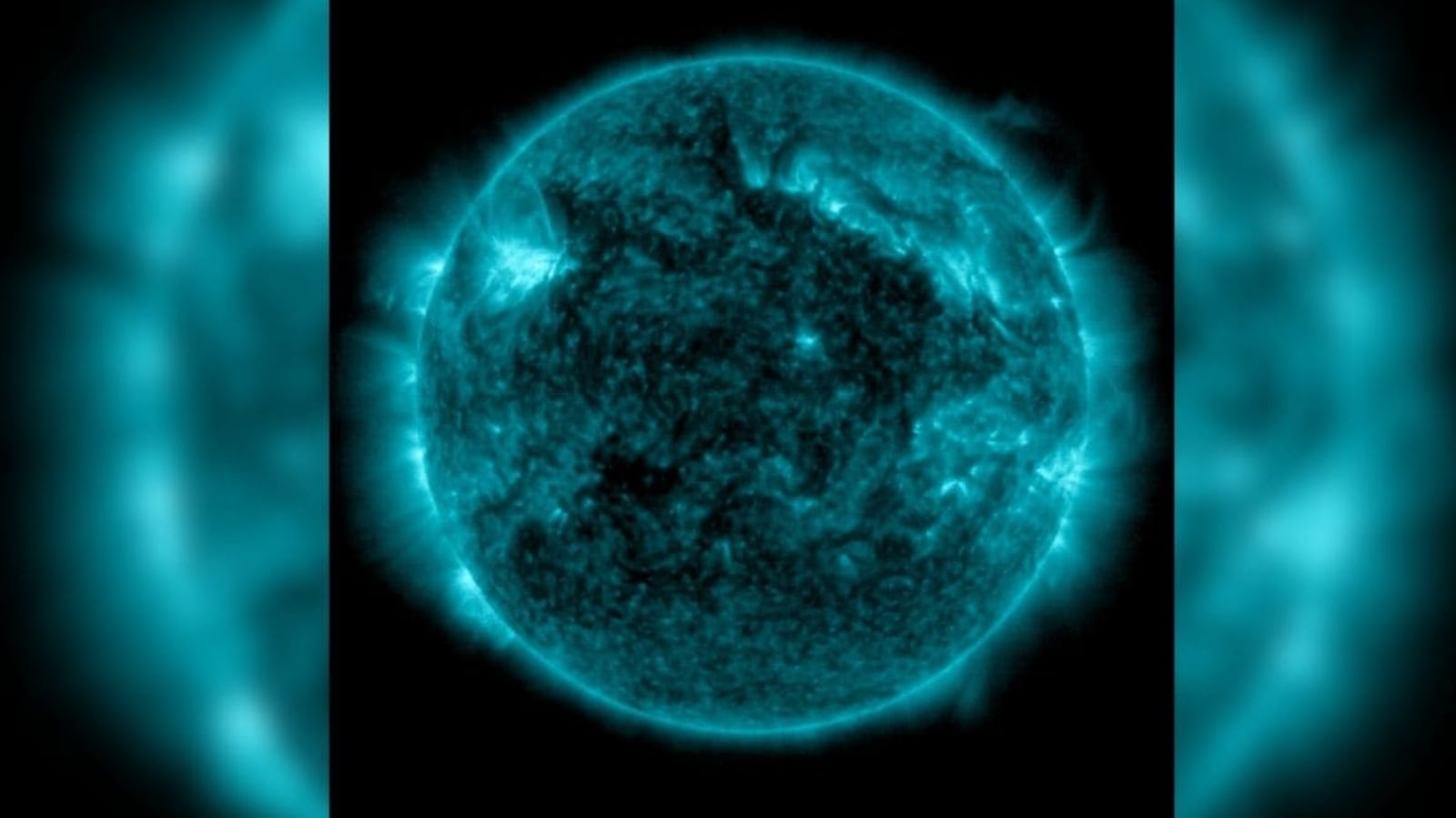A highly volatile sunspot has been unleashing a series of solar flares this week, with four X-class flares detected within just four days.
This particular sunspot, named AR3663, is exhibiting an exceptionally explosive “beta-gamma-delta” magnetic field, fueling what scientists describe as a period of “hyperactive” solar activity. According to observations from spaceweather.com, AR3663 is proving to be the most active sunspot of the current solar cycle.
On May 6th, one of these powerful solar flares resulted in a radio blackout across the Indian Ocean. Experts warn that more such events may occur in the coming days as the sunspot continues its intense activity.
Since May 3rd, AR3663 has produced four significant solar flares, all classified as X-class flares: X1.6, X1.2, X1.2, and a particularly potent X4.5 on May 6th.
Sunspots are temporary dark areas on the sun’s surface caused by concentrated magnetic activity. These spots disrupt the normal convection currents on the sun, leading to slightly cooler temperatures compared to the surrounding areas. The number of sunspots varies over time, peaking during the sun’s most active phase, which occurs approximately every 11 years. We are currently approaching the peak of the solar cycle, with the last minimum occurring in 2019.
Sunspots with “beta-gamma-delta” magnetic fields are known to have a higher potential for generating significant solar events like powerful flares and coronal mass ejections (CMEs). These events occur when the twisted magnetic field lines within the sunspot suddenly rearrange, releasing bursts of solar radiation into space.
The recent X4.5 flare on May 6th caused radio blackouts across the Indian Ocean, a common consequence of powerful solar flares. High-energy radiation from these flares ionizes the Earth’s ionosphere, disrupting long-distance radio communication by preventing radio waves from effectively reflecting off the ionosphere.
As we continue towards the next solar maximum, active sunspots like AR3663 are expected to become more frequent, potentially leading to further instances of intense solar activity and associated phenomena.















































